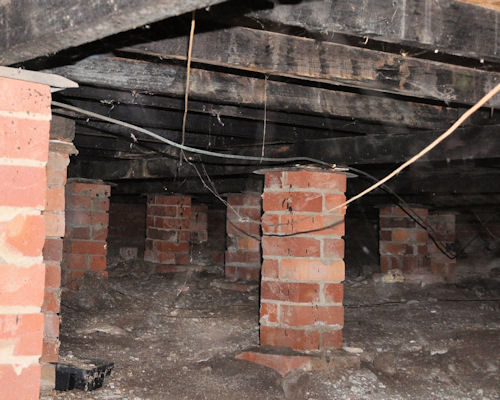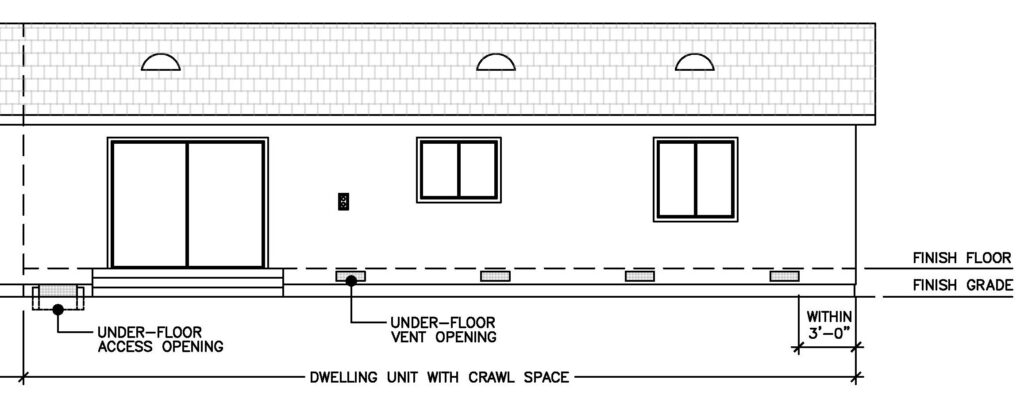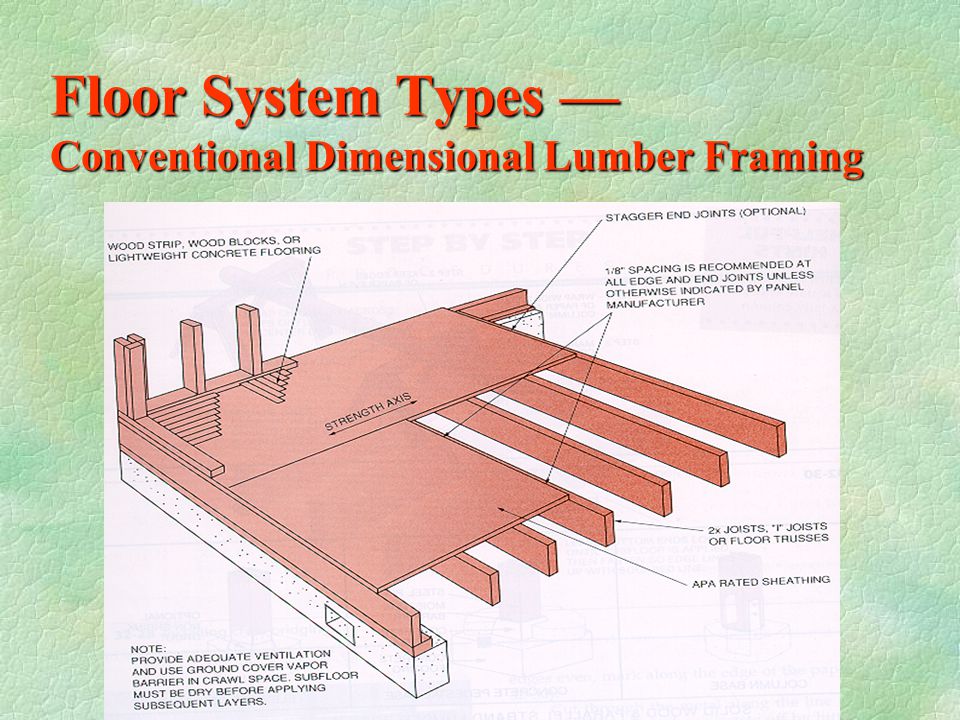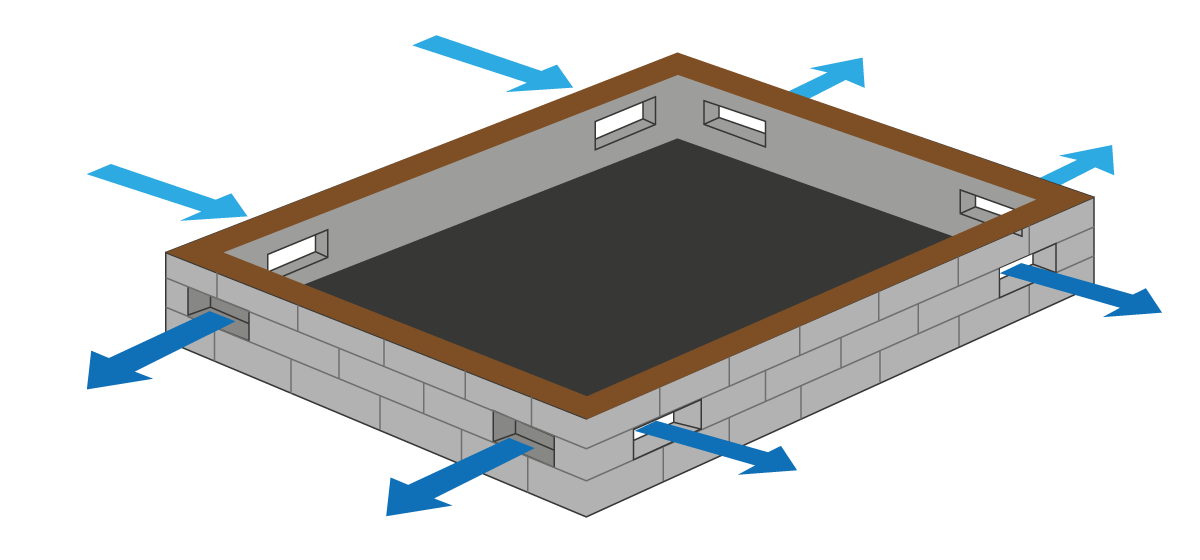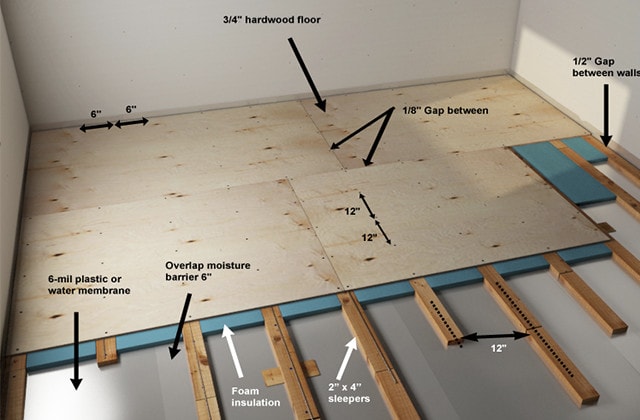Sub Floor Ventilation Spacing

Openings should be provided within 750 mm of.
Sub floor ventilation spacing. A minimum of five air changes per hour should be provided and double that for wet subfloor spaces. Of the australian standards a s. The open space allows the air to move freely inside the subfloor cavity. Squared nett ventilation per lineal metre on both external and internal walls.
Subfloor ventilation is cross ventilation of the subfloor space between the underside of the subfloor and the ground surface under a building. 3600 specifies that the minimum requirement for sub floor ventilation should be one 1 ventilator of 8 400 mm. A clear opening area of 3500 mm 2 100 x 35 mm should be provided for every square metre of floor area. Vent type l vent size l area per square mm.
Have a look at the just for fun exercise for more details on these requirements. Ground moisture rising into or entering the subfloor space can create a damp environment which encourages timber rot fungus growth and the potential for termite activity. It also enables a person to climb in and inspect the area for termites fungal decay and other building problems. If the ground or subfloor space is damp the first thing to do is identify the source of the moisture.
The space under a suspended timber framed floor must be ventilated. If the ground under the subfloor space is dry and there is no evidence of moisture there is no need to increase the amount of ventilation. Terracotta 230mm x 150mm 6 200vent in situ.
